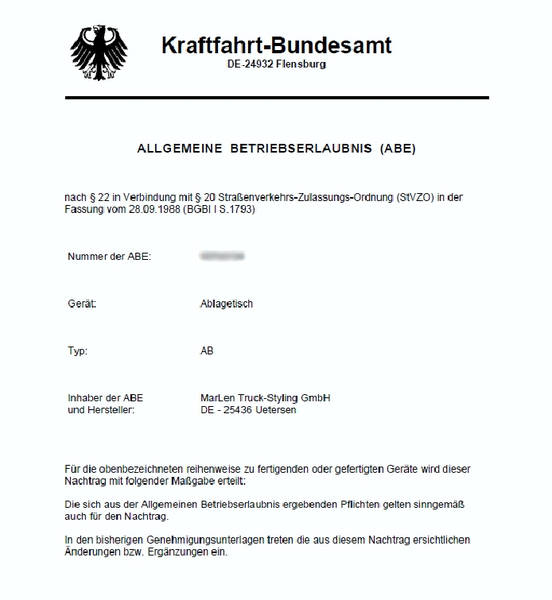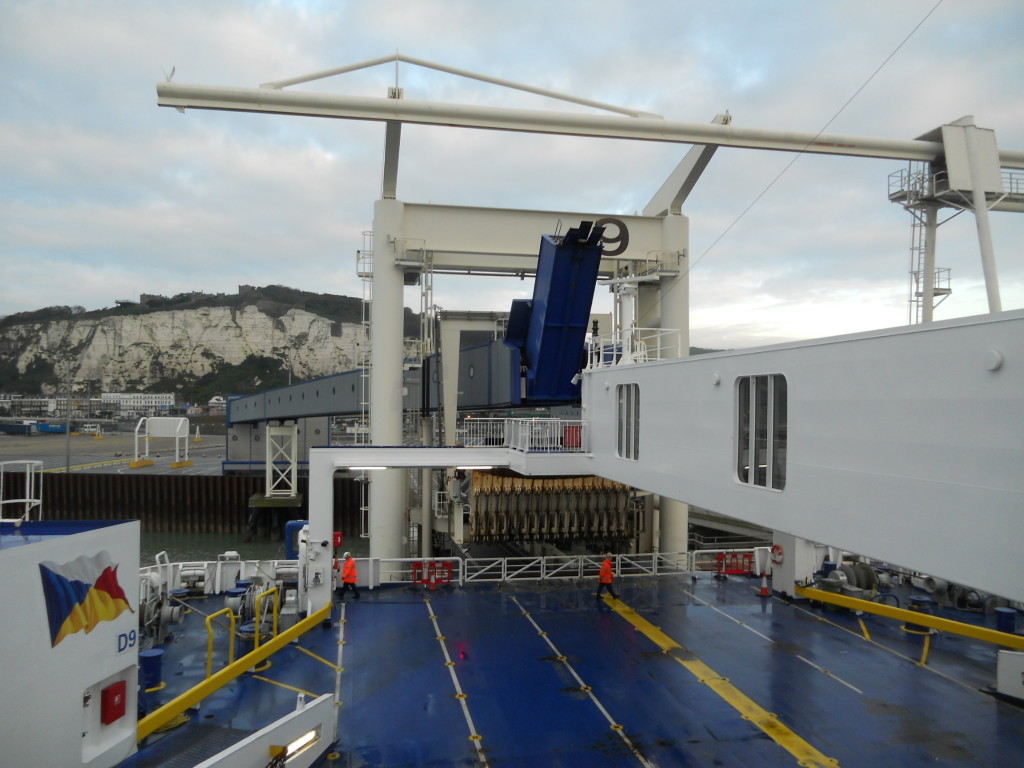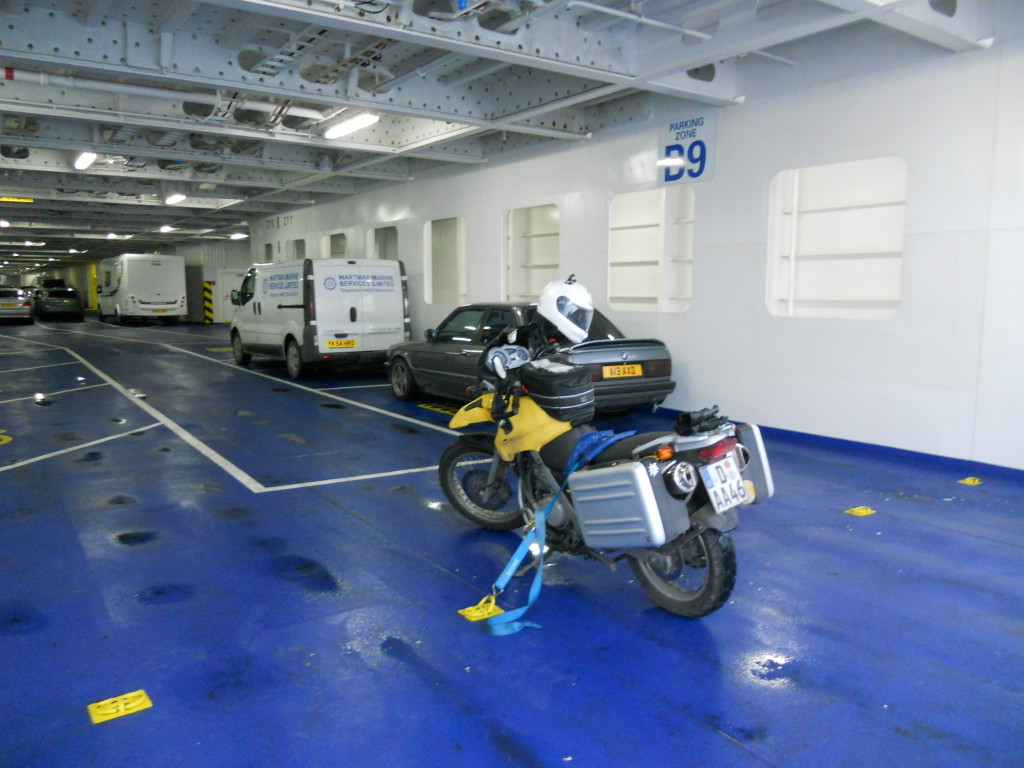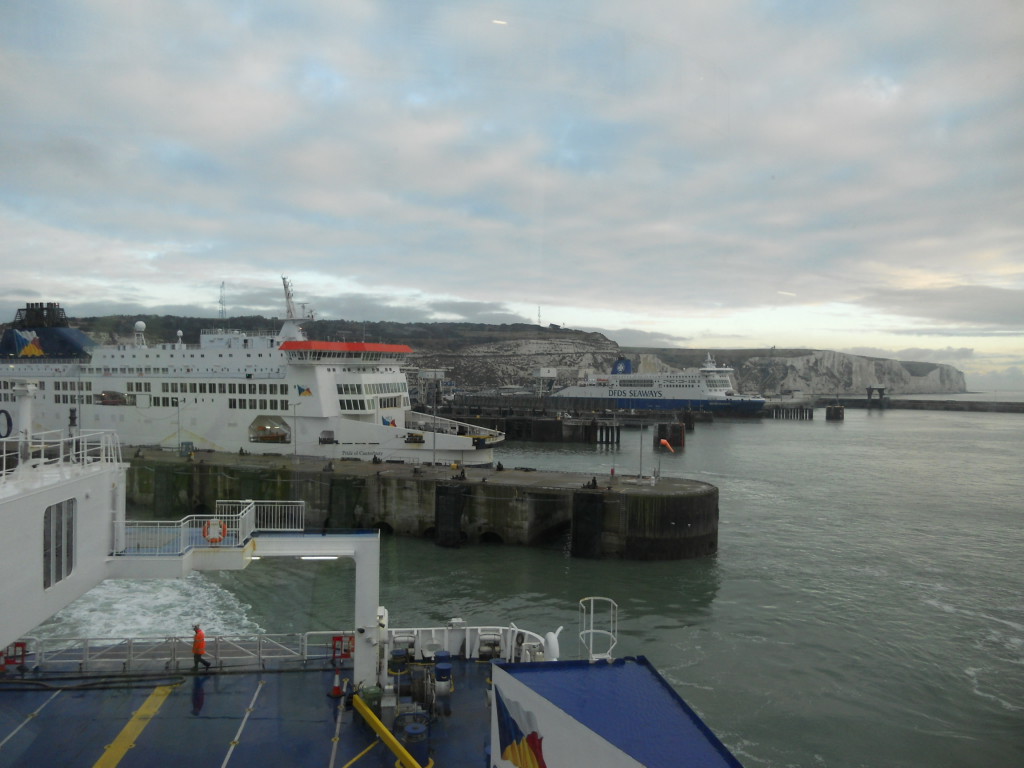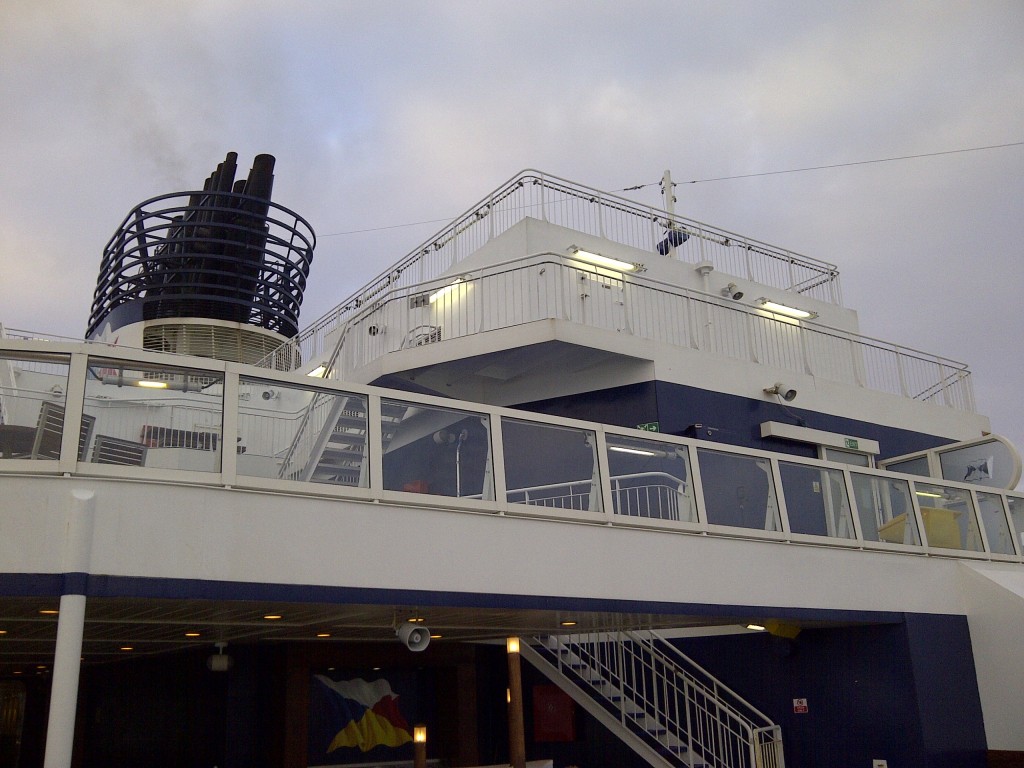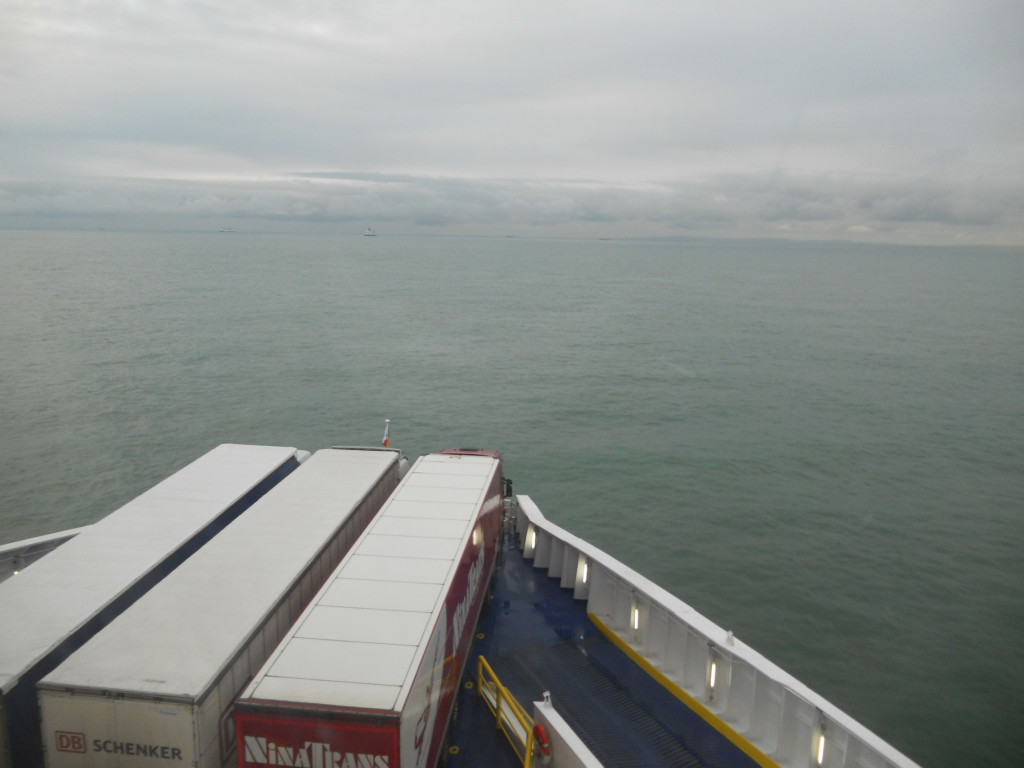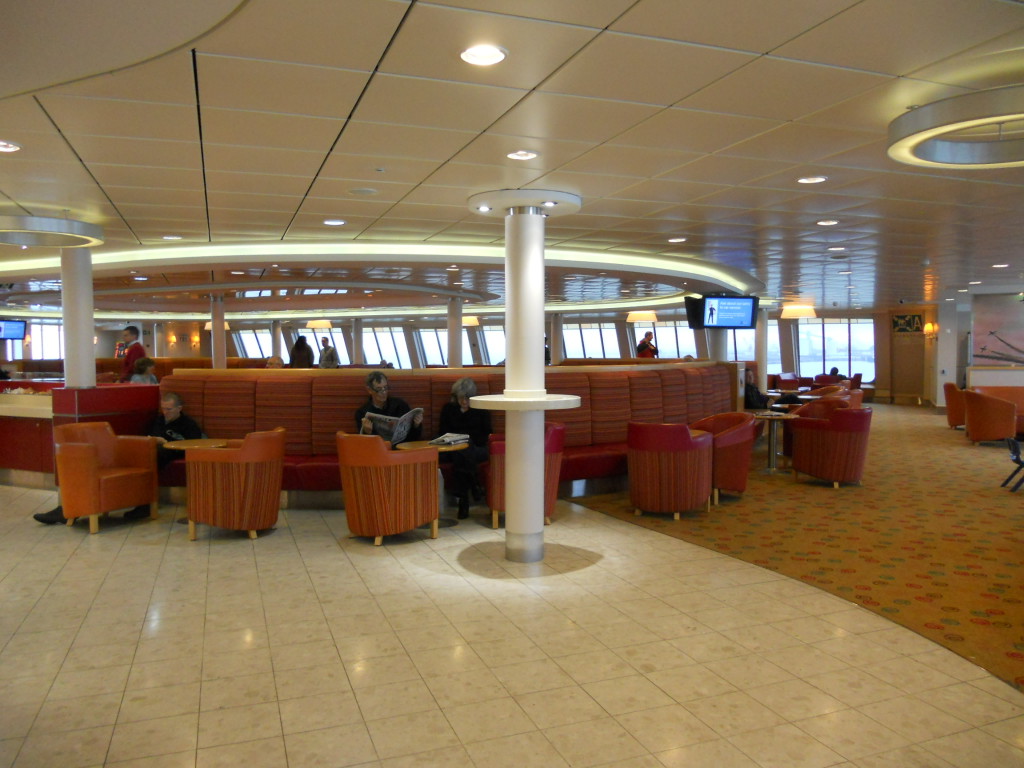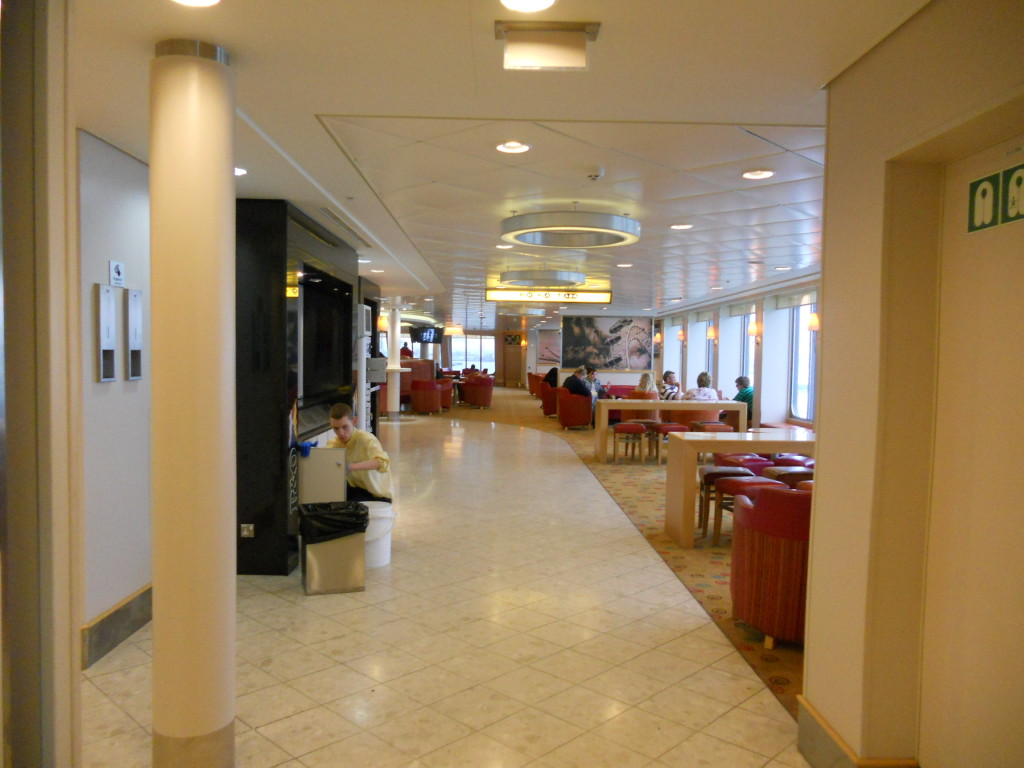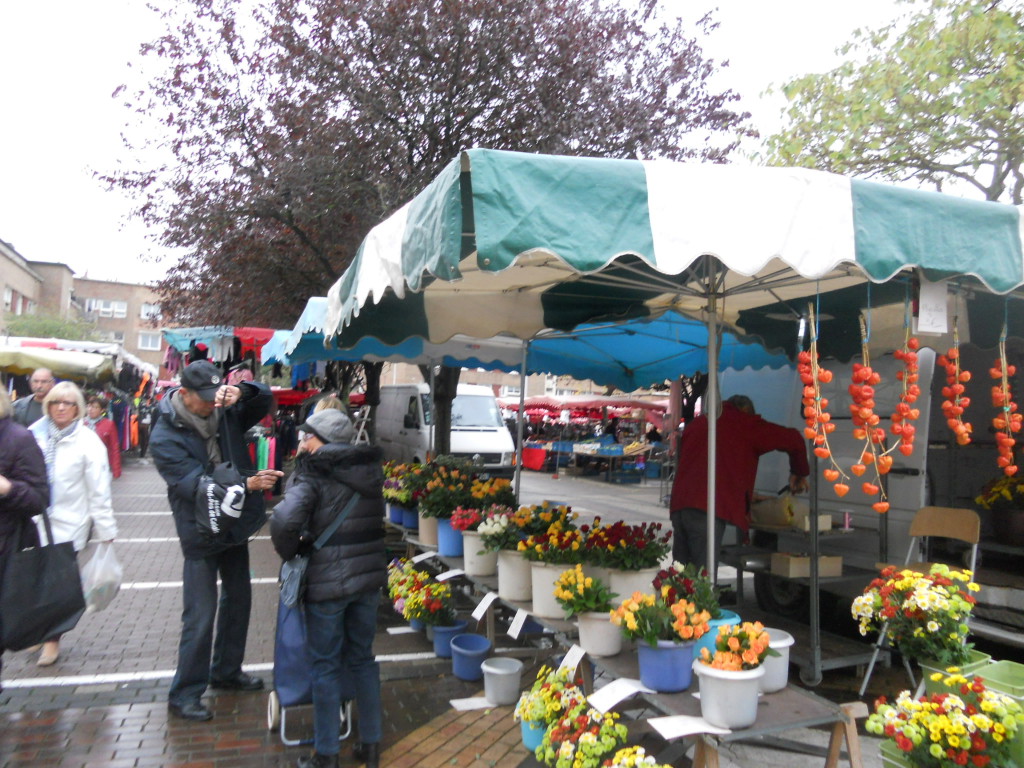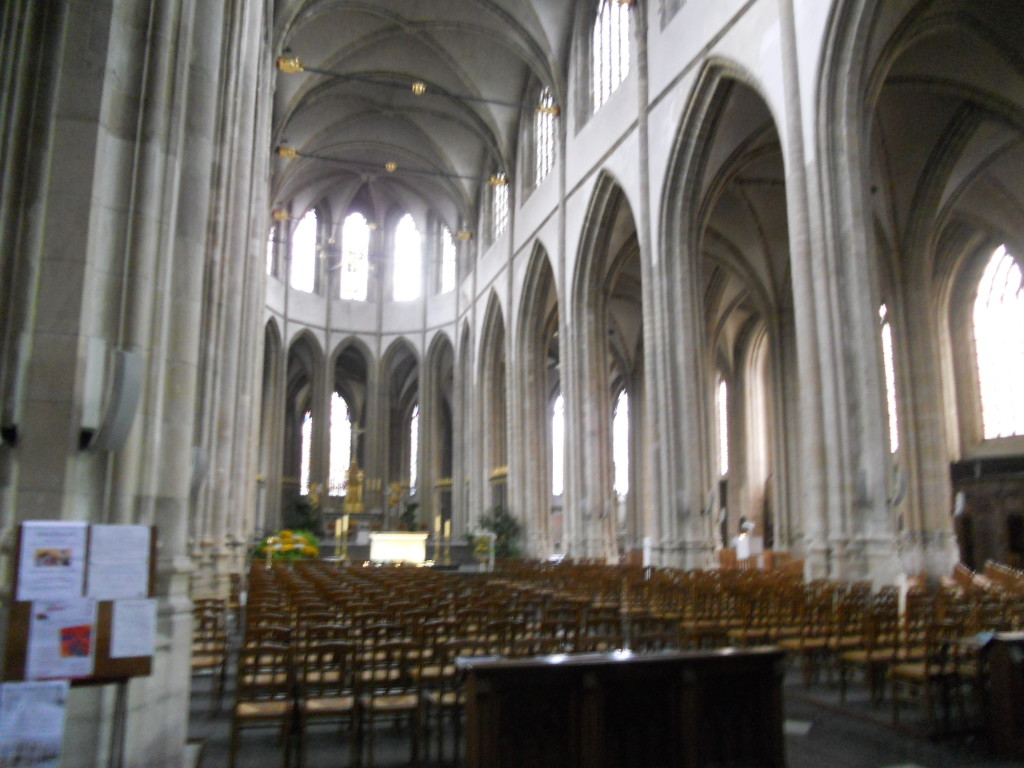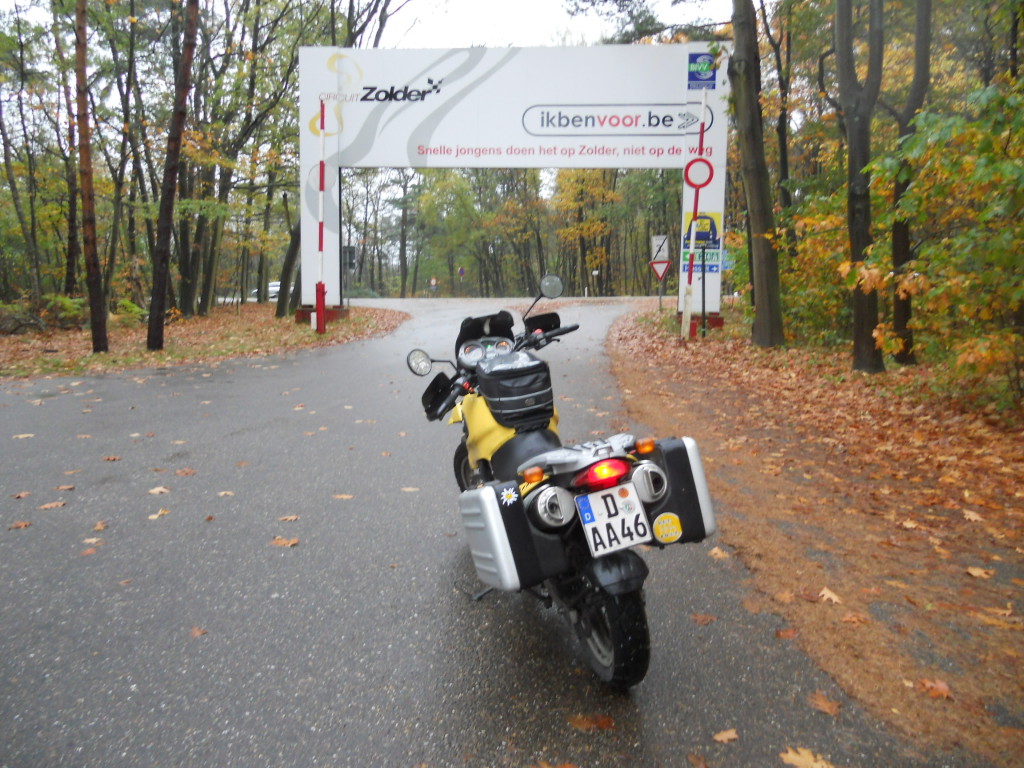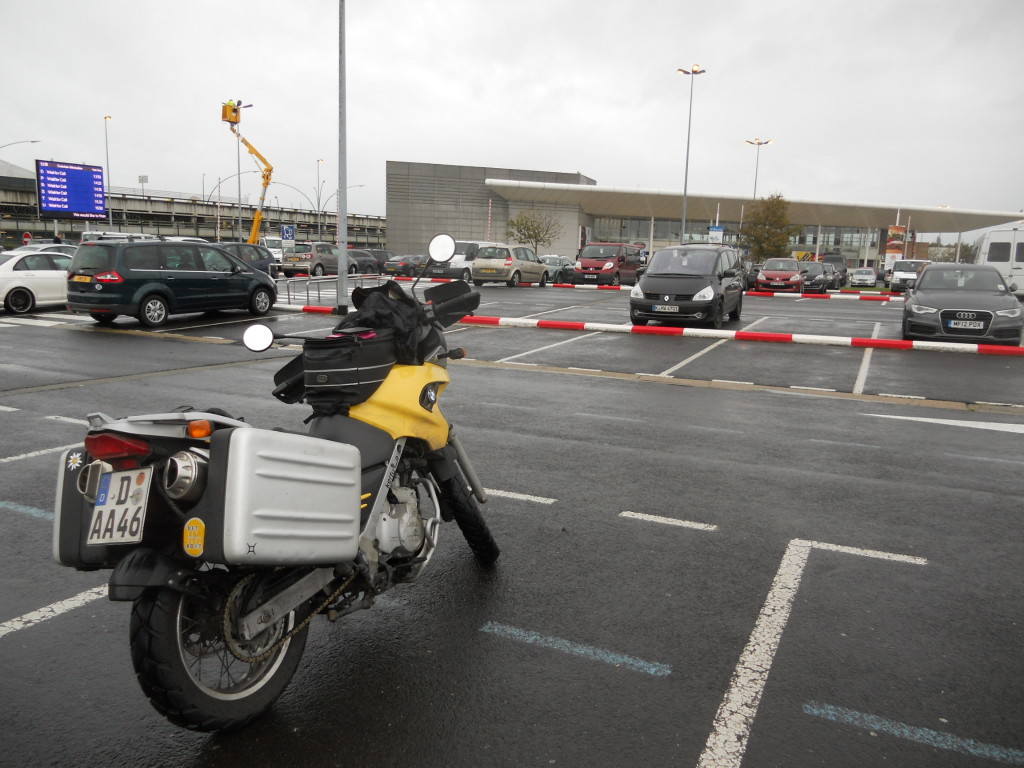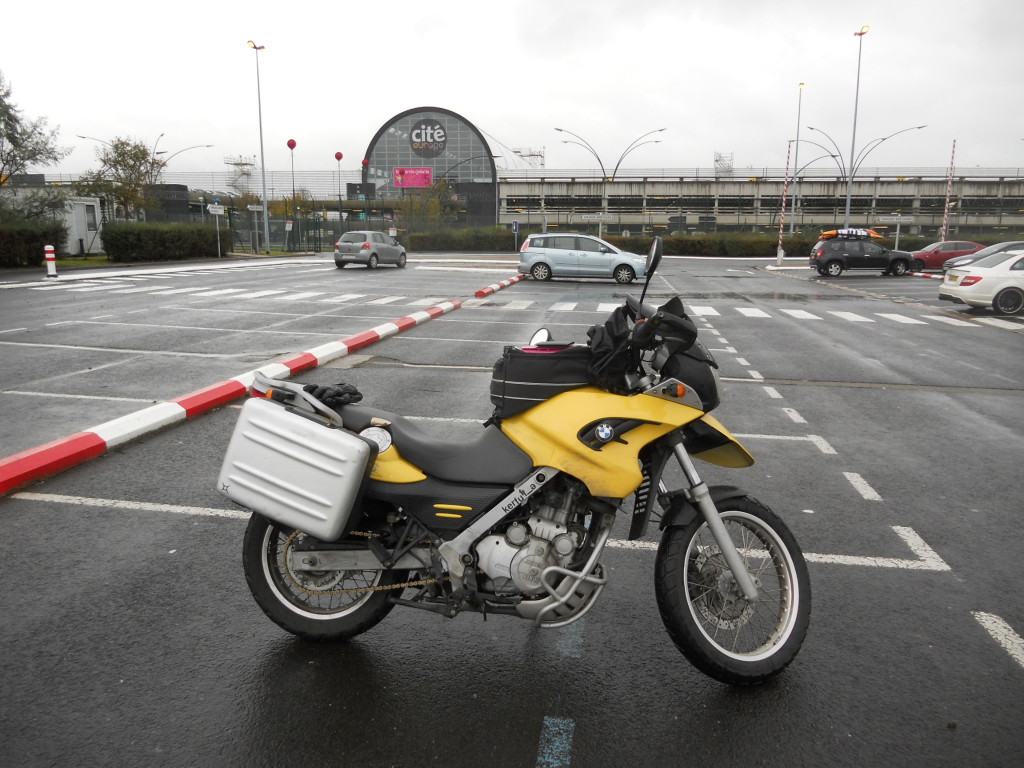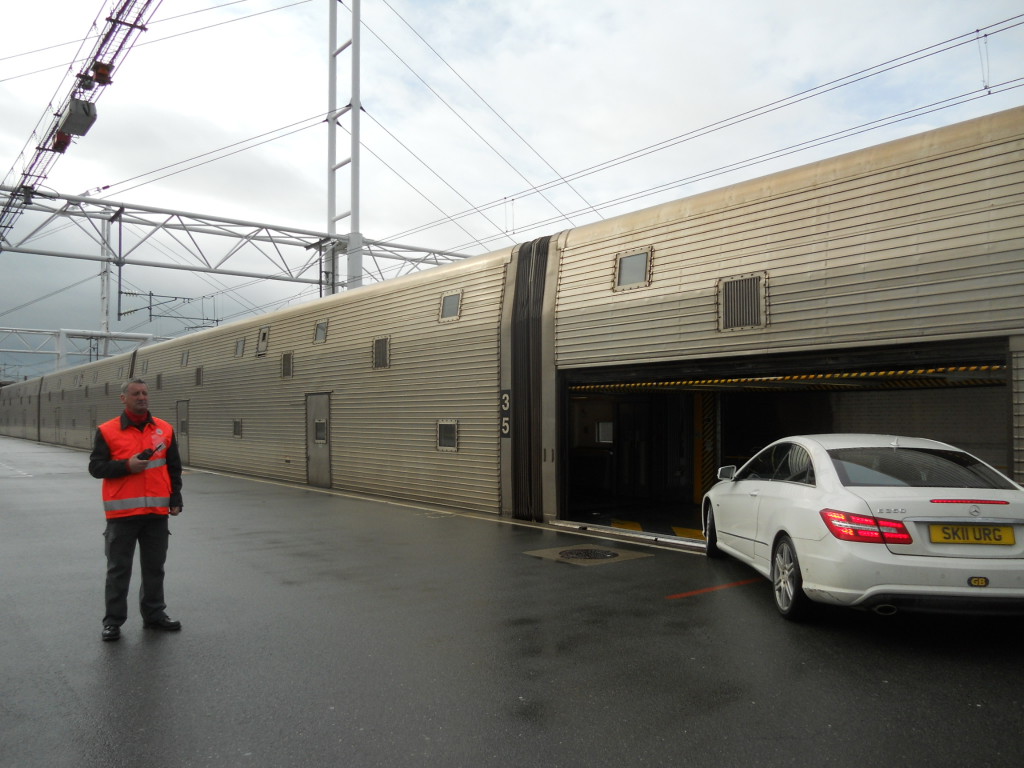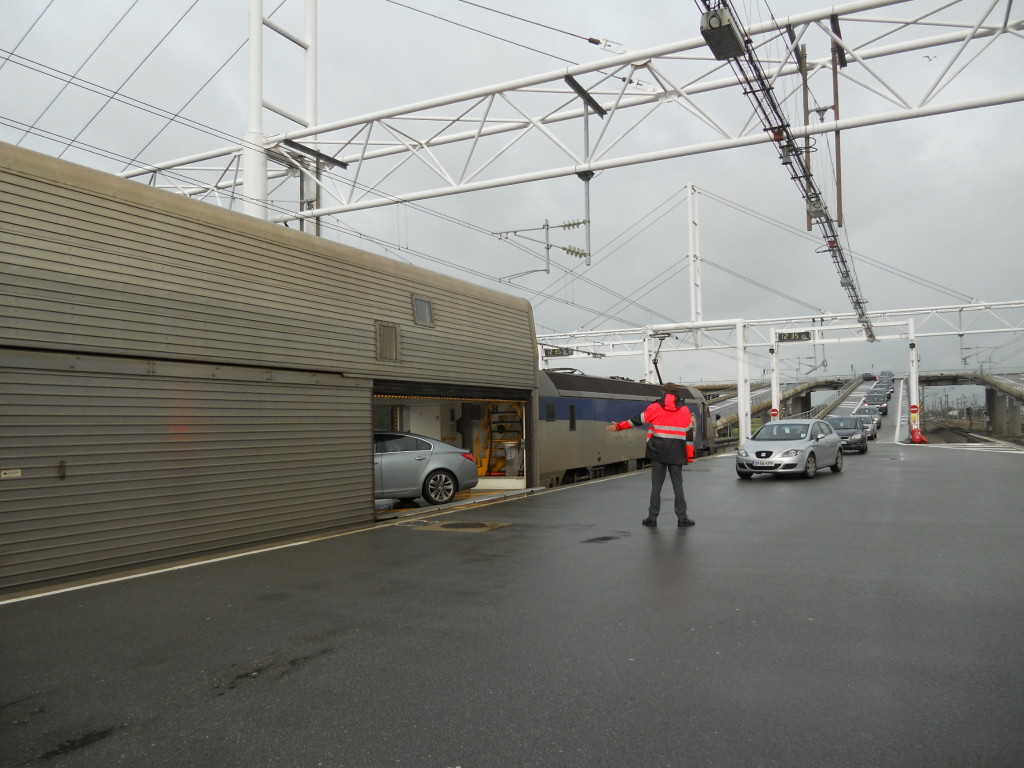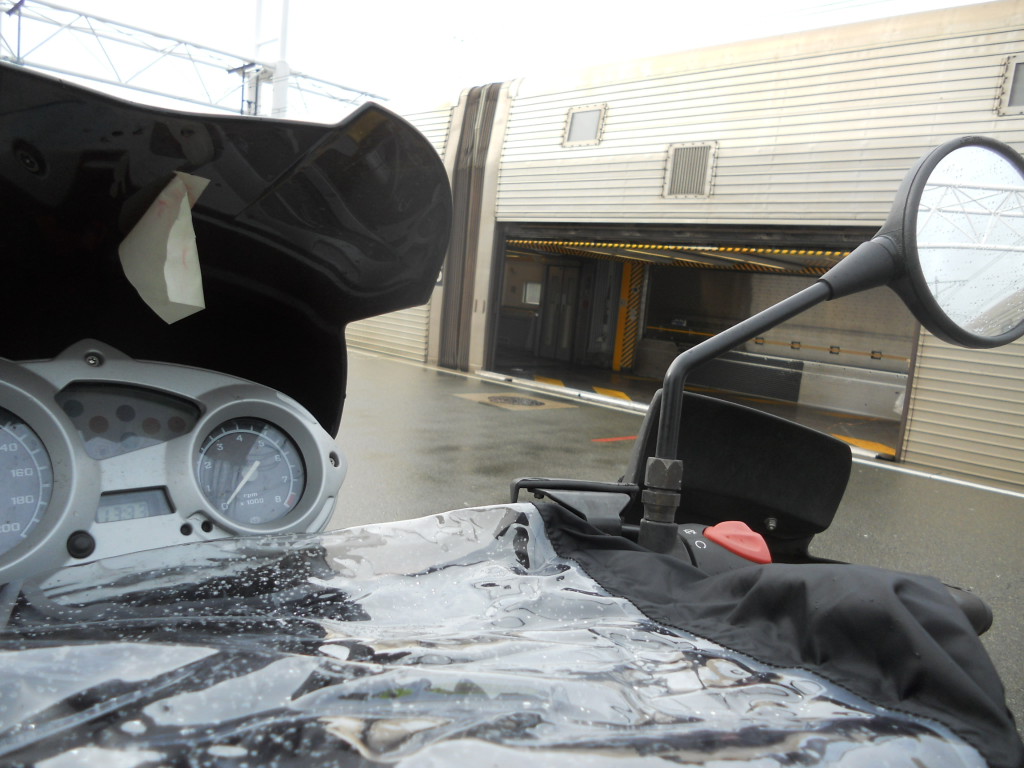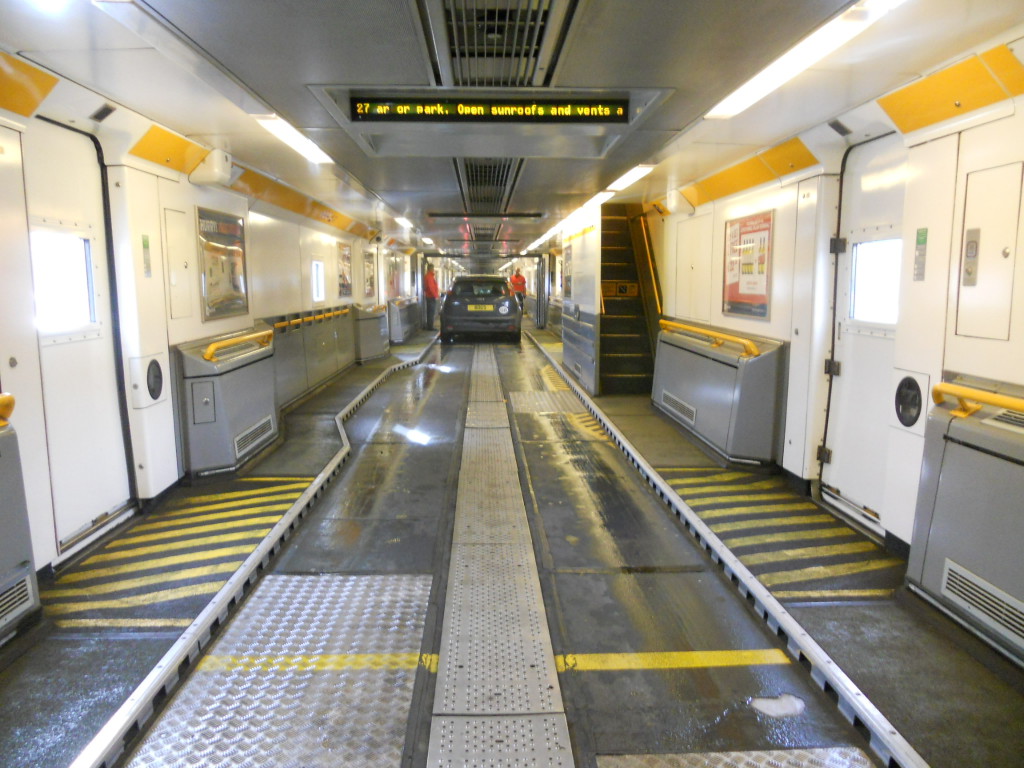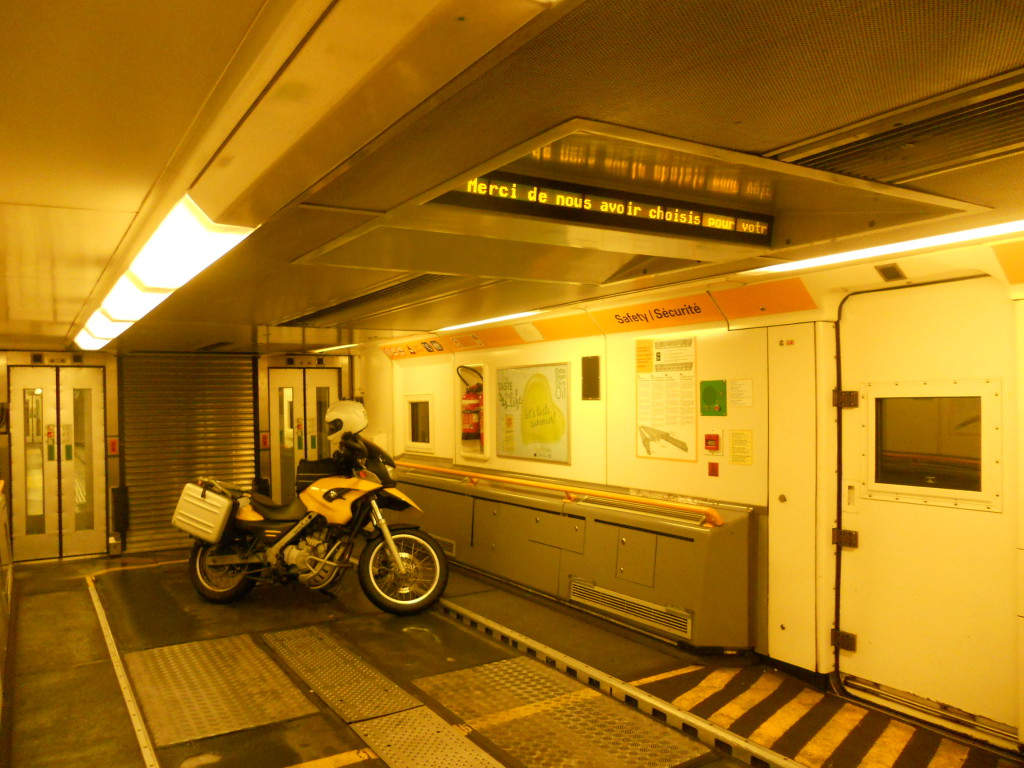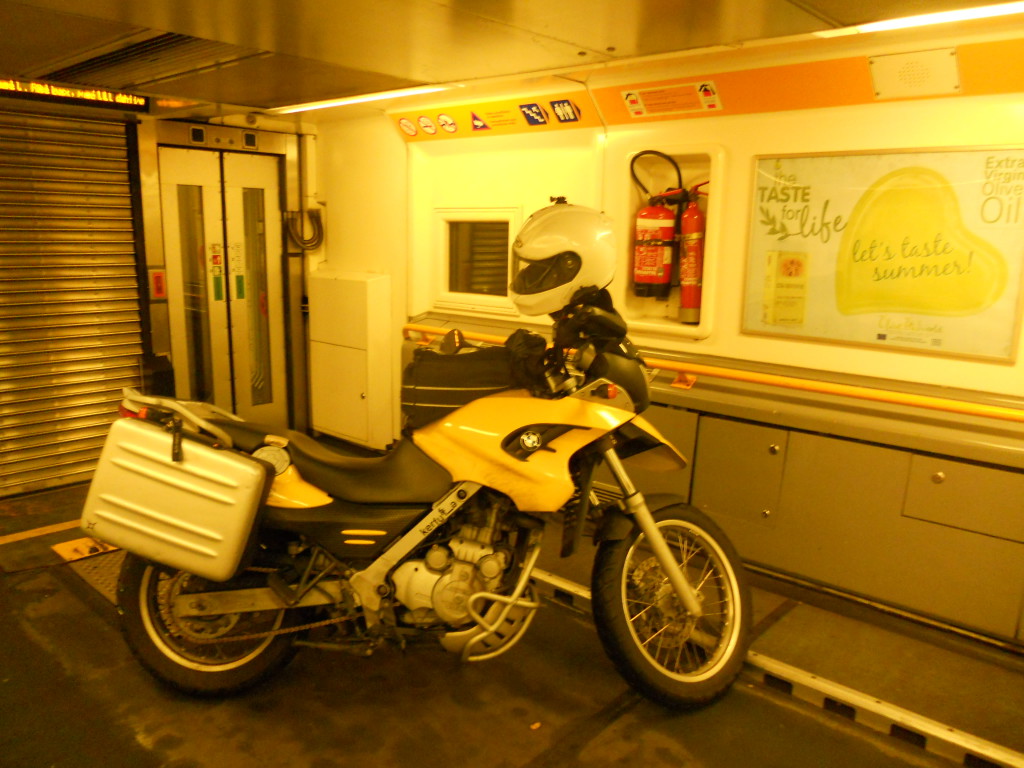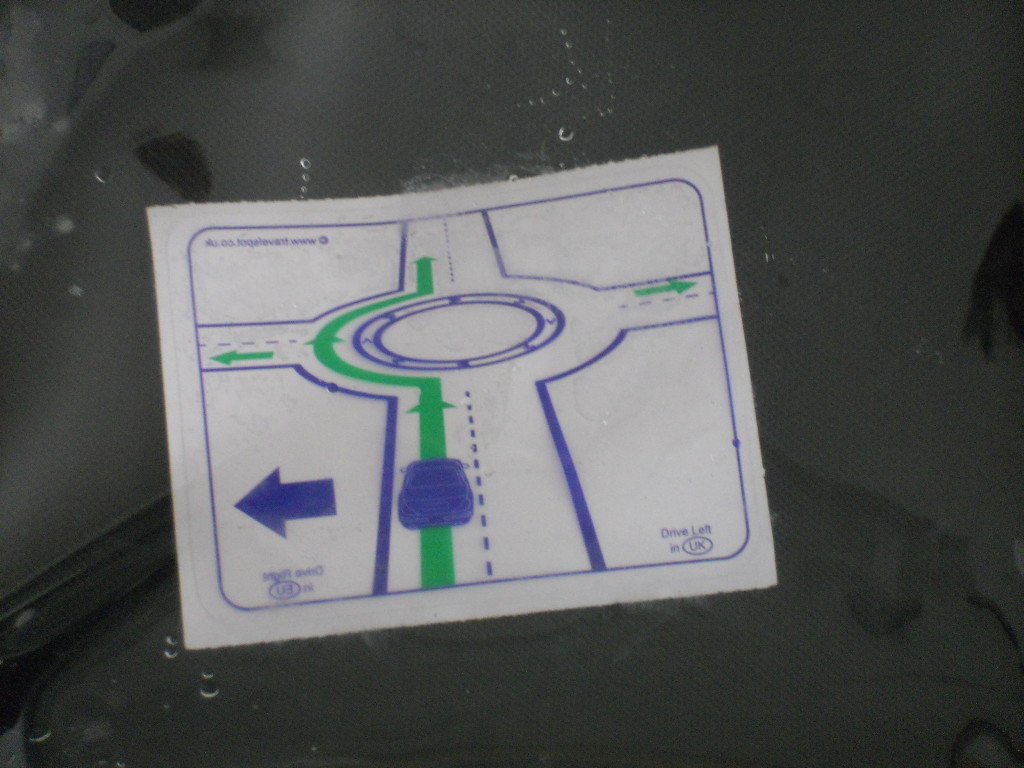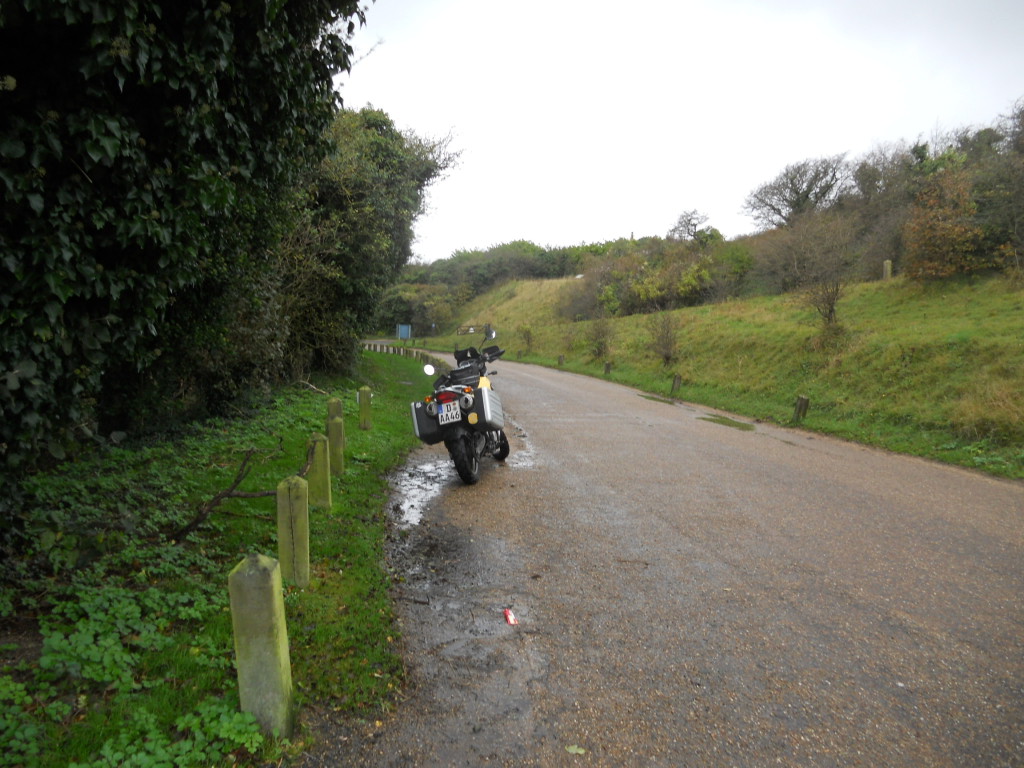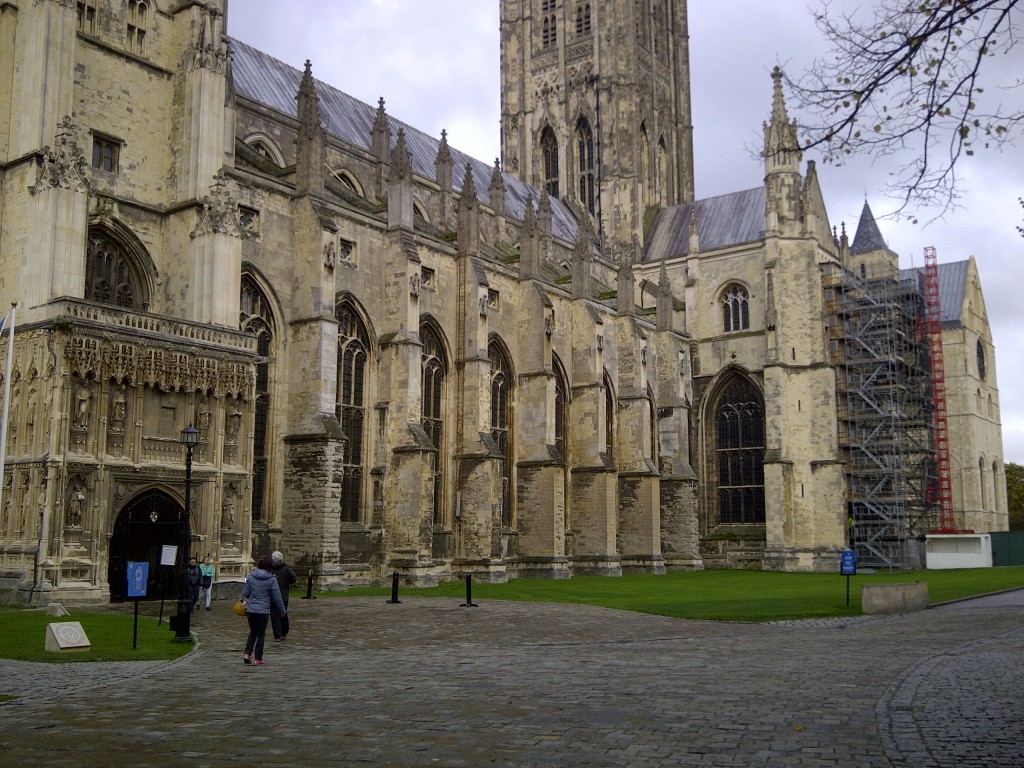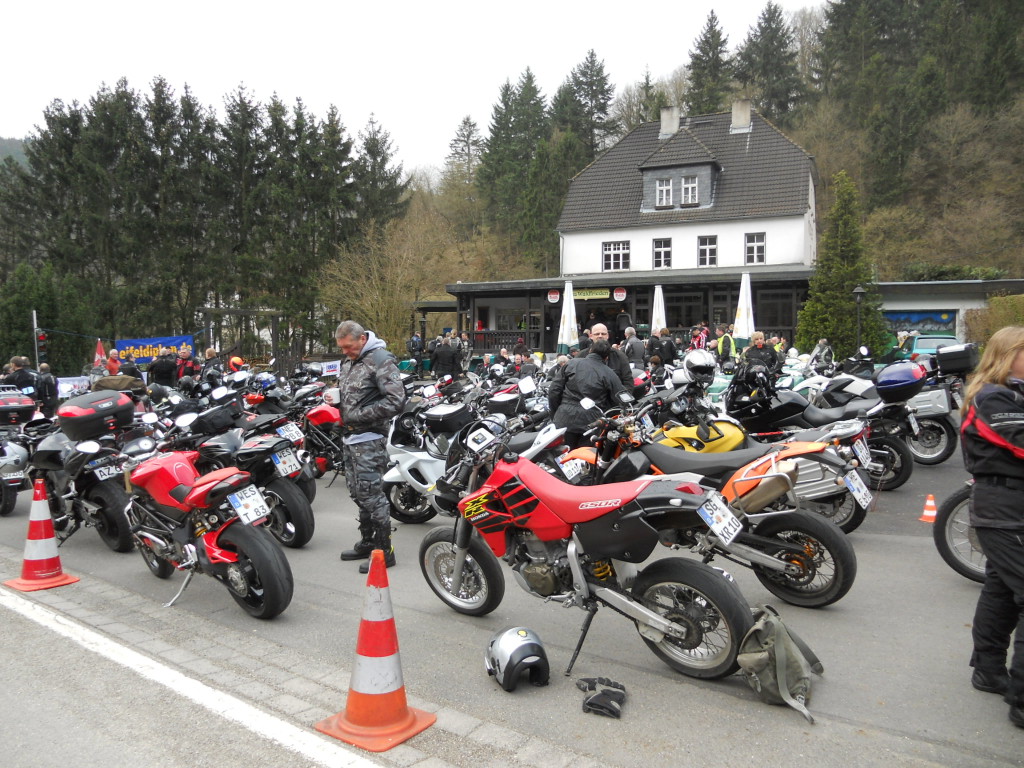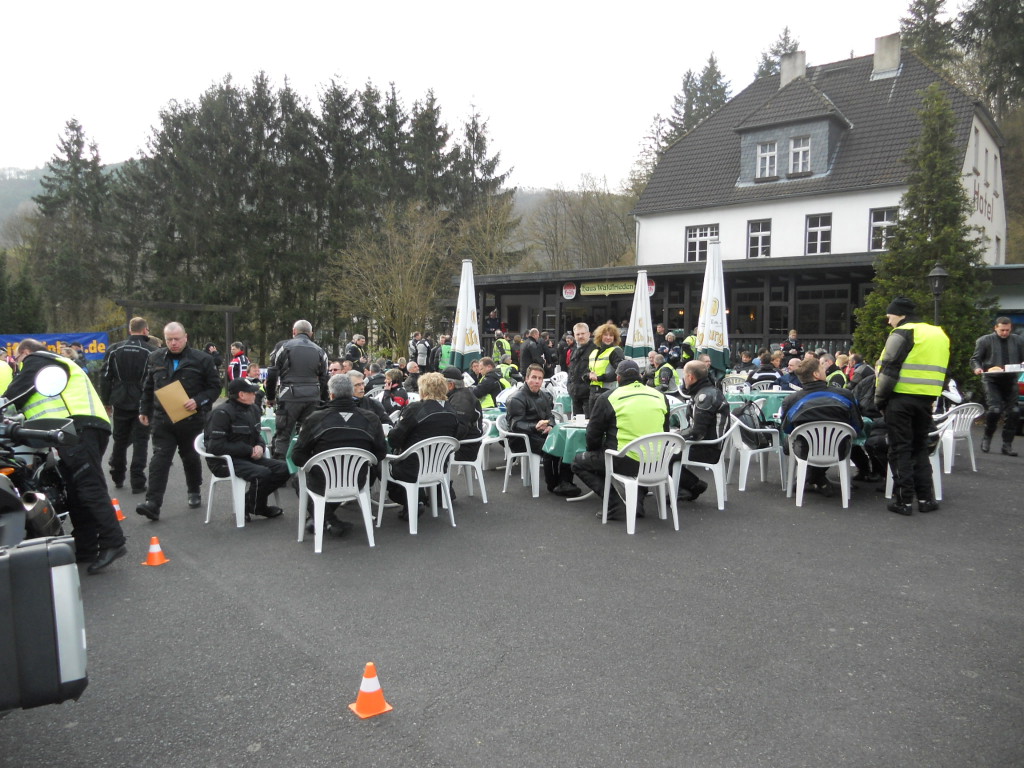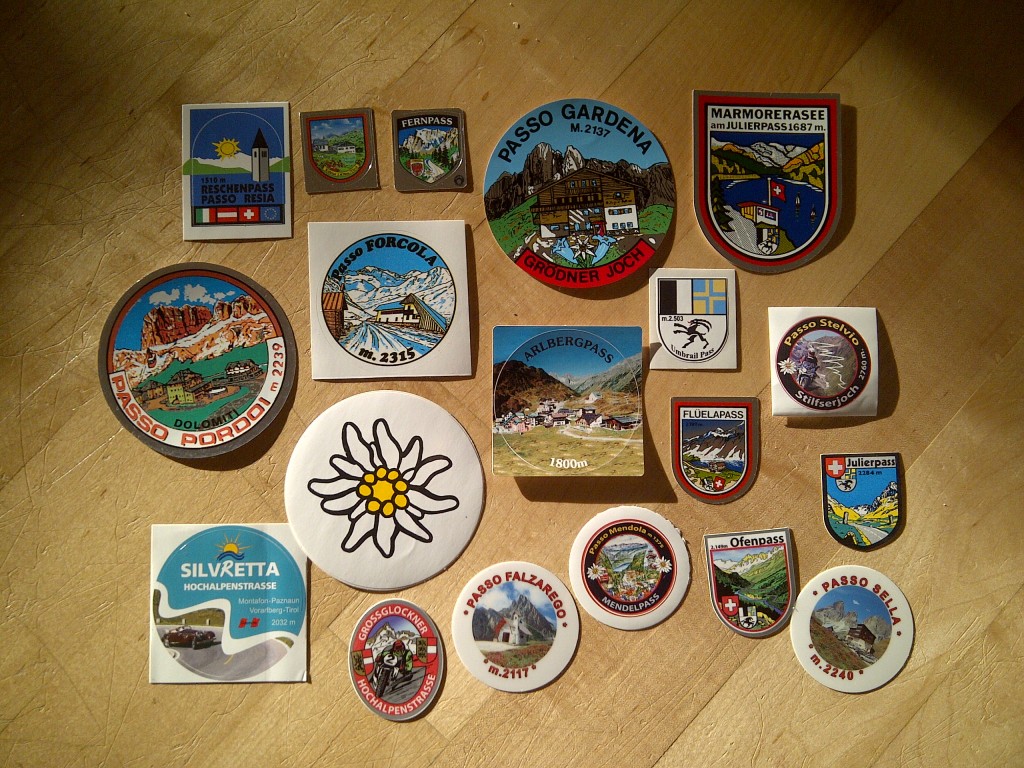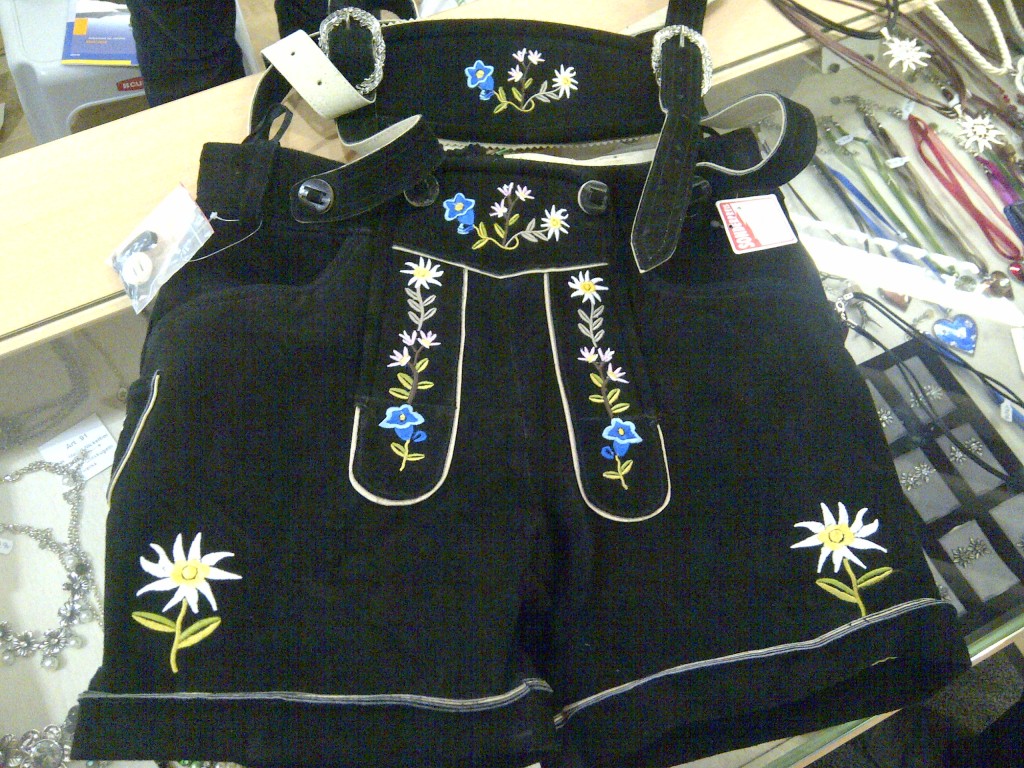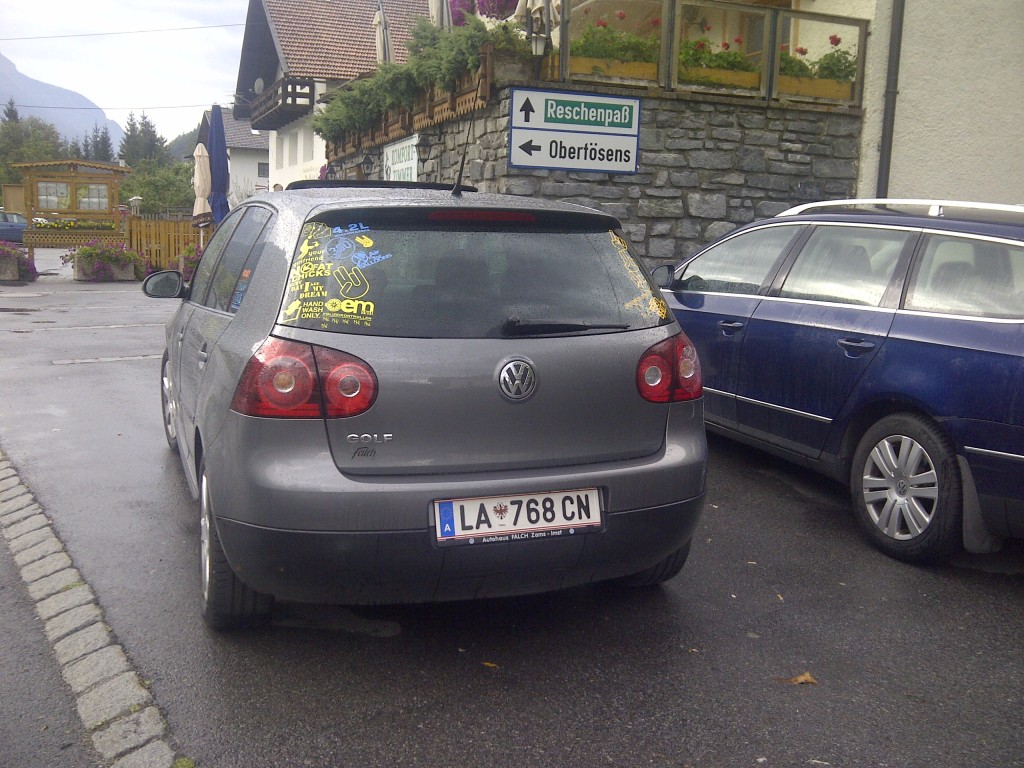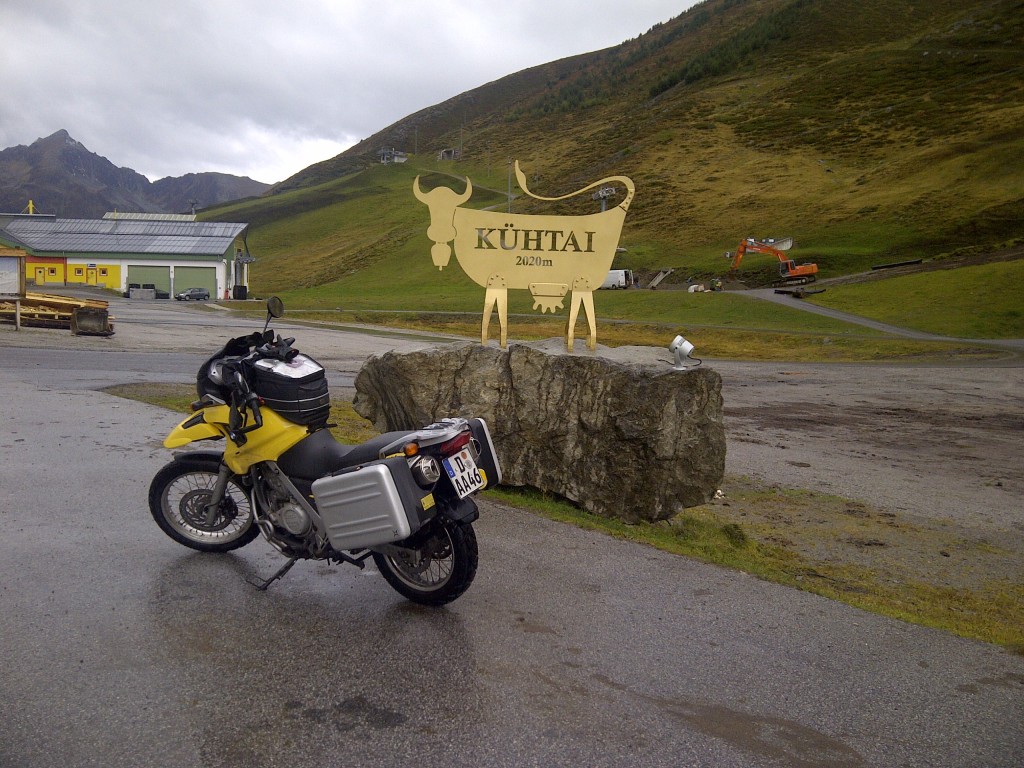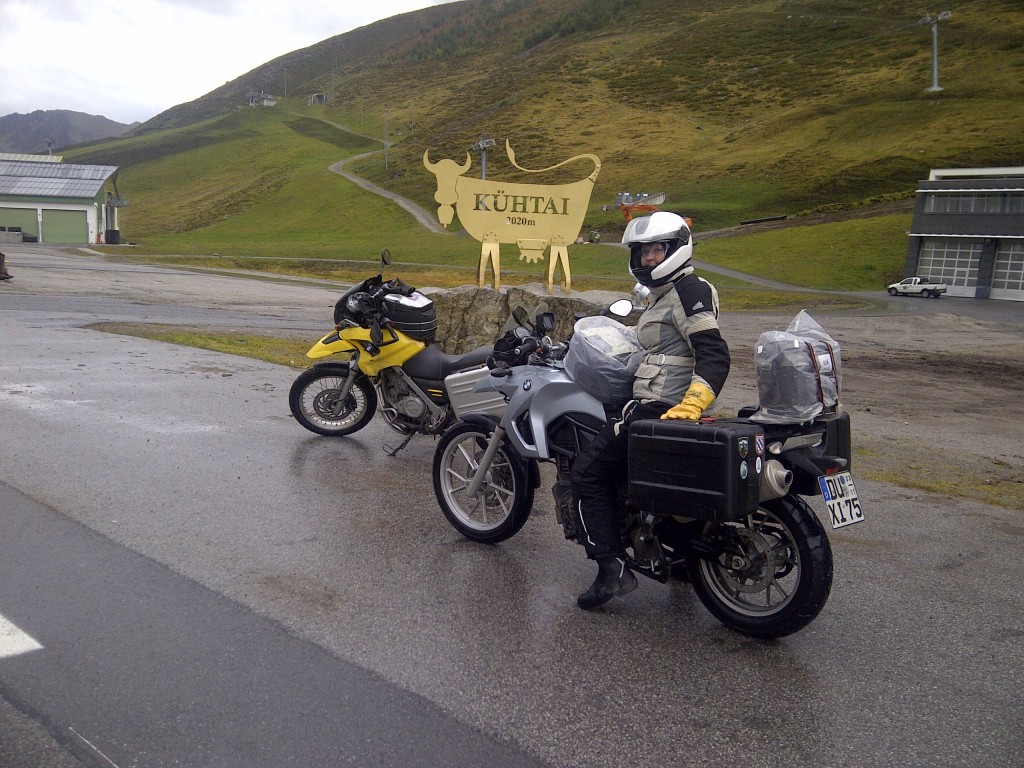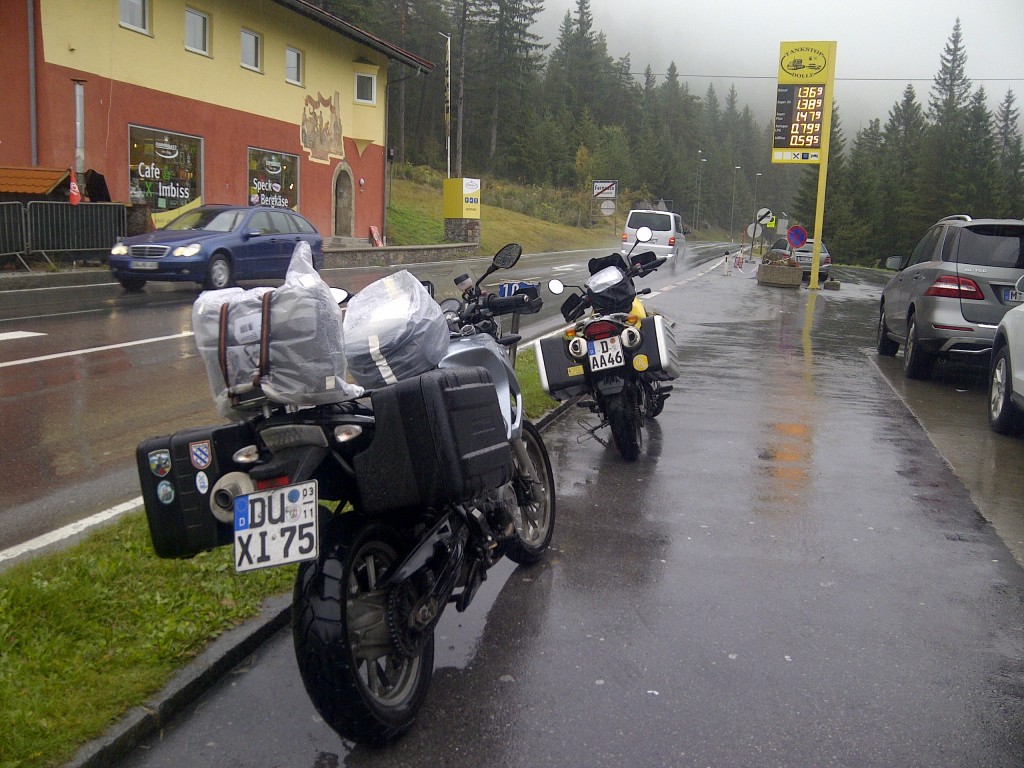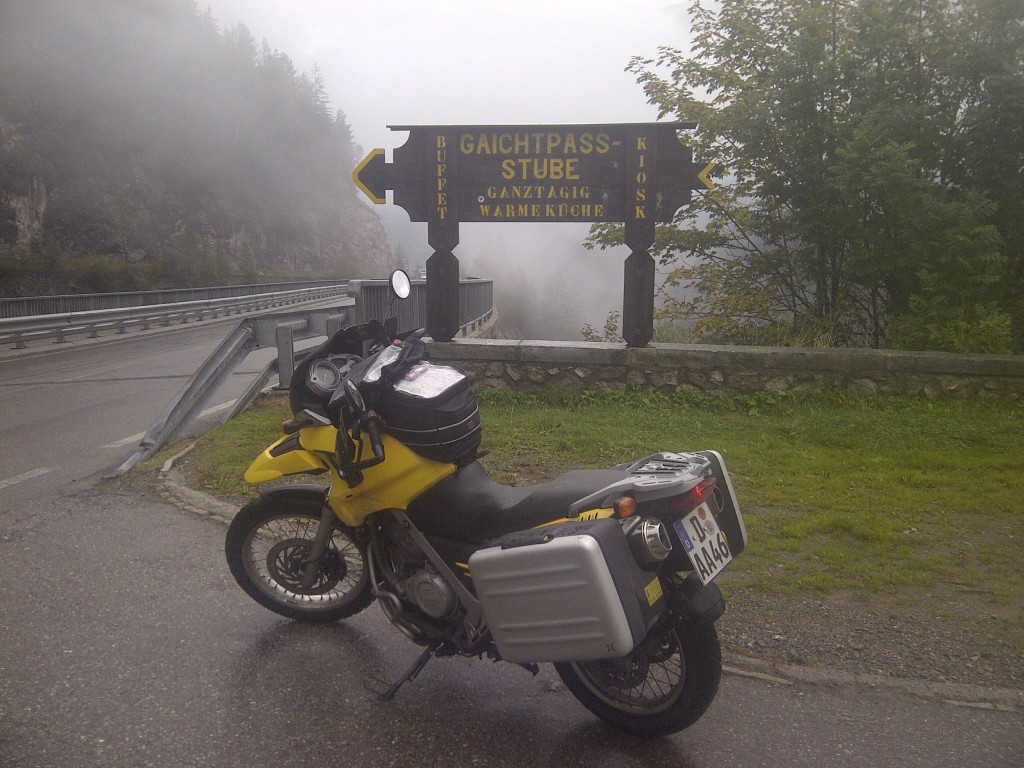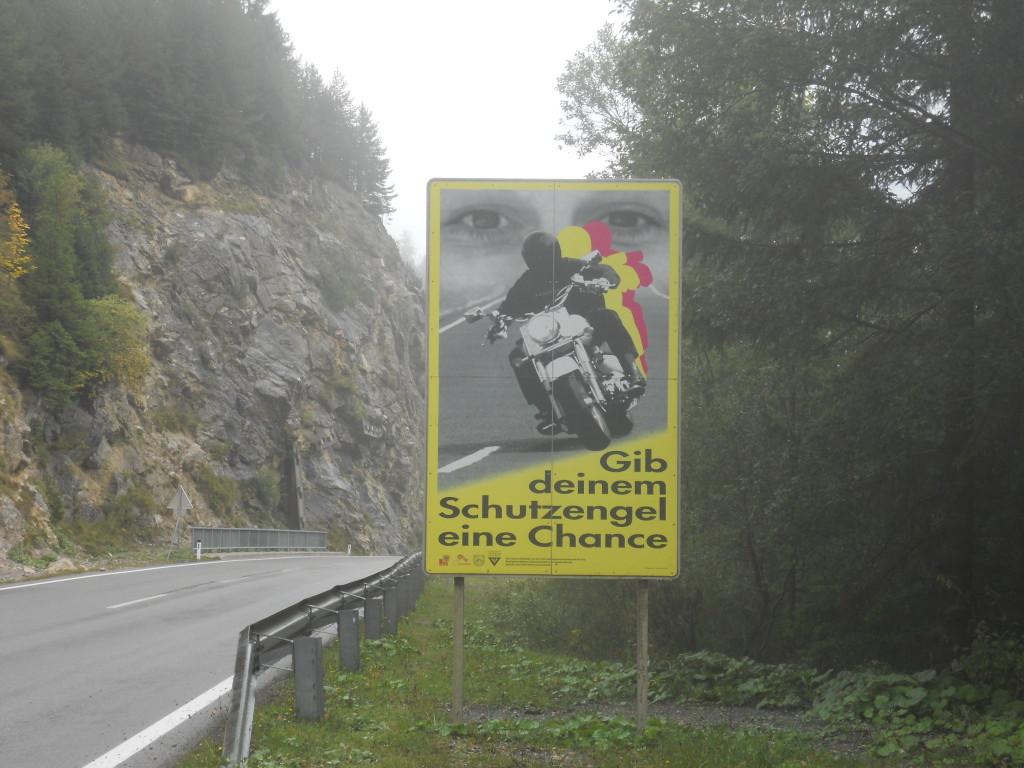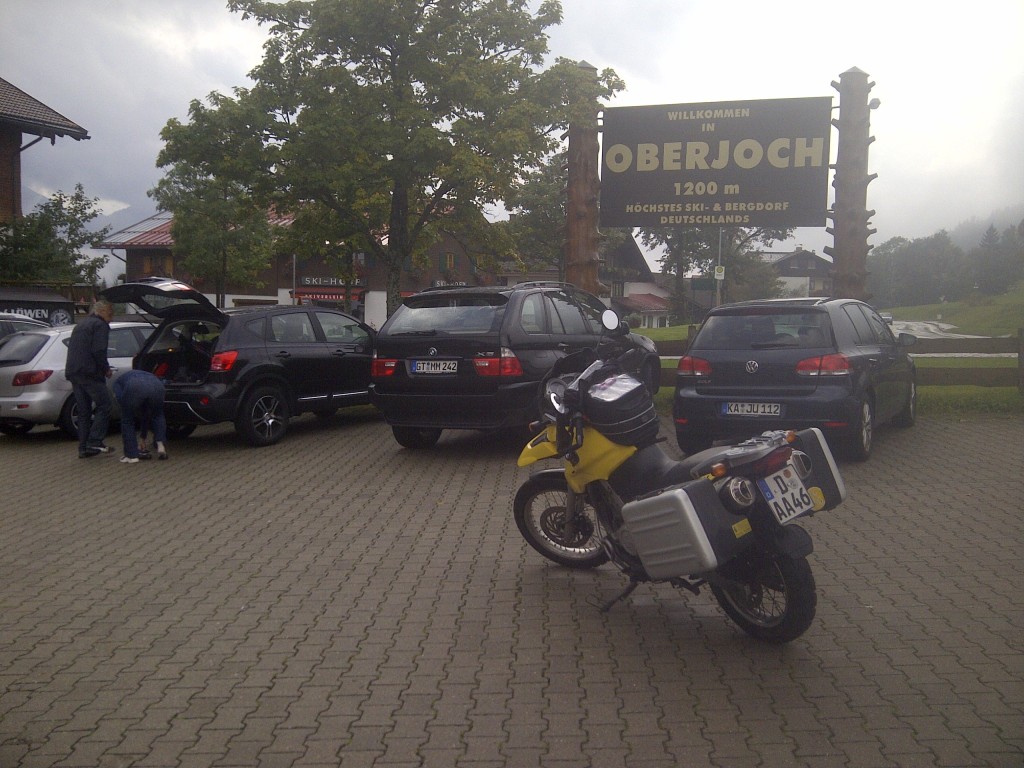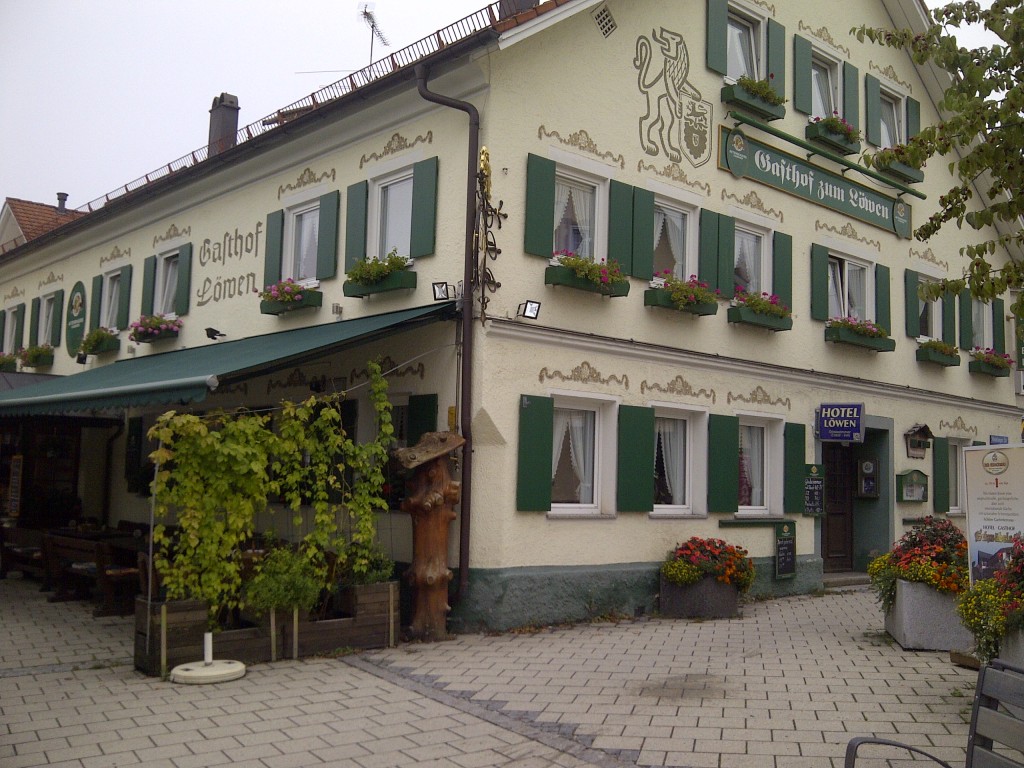I will miss Germany, for sure. Germany is cool. A different cool than Detroit, which I have missed for the past 3.5+ years.
I will also miss the TÜV. Germany’s much maligned inspection authority is not really the end of the world. Sometimes, it’s the only way to get things done.
Last month, I was back home in Detroit and needed to visit the tyre shop. Two of my snow tyres were leaking air, and I wanted to get them checked out and probably remounted. I’ve been using this shop for more than ten years, and sent countless friends there. I don’t know how many tyres I’ve bought from them, it’s a large number. The techs remember me, even though I haven’t been around (or buying lots of tyres) for the past three years. However, they refused to work on the car at all. They added air and sent me packing with no technical assistance whatsoever. Why? Because I run spacers up front to correct the offset on the wheels I use for winter driving.
The VW OEM Classix wheels I use require 10mm of additional offset to clear the suspension on my B5 Passat and keep the steering geometry properly arranged. I use a nice set of H&R hub-centric spacers and proper-length bolts. The rear wheels, which do not require this modification, do not run spacers, and they were the ones leaking. I fully understood that the shop would not touch the fronts, but for sure the rears…. Nope. No way. The car has spacers, no touchy. Now I have to find a new tyre shop. One that is not averse to properly setup cars. One that can get beyond panic attacks when customer shows up with something out of the ordinary. One that can measure bolts and add.
In Germany, this would not have been an issue. I would have showed up, handed over my paperwork, and gotten the repairs done. My paperwork would (and does) consist of a stack of ABEs – allgemeine Betriebserlaubnisscheine – the documents that say, yes, this is approved for general use on one or another cars. A matching set of papers for my wheels, spacers, and bolts, and no problem, because the tyre shop would have written proof that everything was in order and therefore safe to work on. For as much moaning and groaning as the Germans do, there are far far far more officially modified cars as a percentage of the general population in Germany than in the US. Nearly every car owner has a set of extra wheels or tyres or so on that requires papers. And once you have papers, you have papers. End of discussion. Just keep track of them. You’re going to need them at the tyre shop, but so will everyone else. My German colleagues, right down to the least-car-aware of them, were shocked that I would run into such an issue in the US, because who needs papers over there, right?
The truth is that the TÜV serves as a backstop for just about everything. Not sure where to place blame? Ask the TÜV. Better yet, ask for TÜV papers. Have them, and you are golden. Nope? Maybe sweat a bit, and go get them in a hurry. It’s really far less of an issue than anyone makes it out to be.
Of course, I always have papers.
Maybe I’ll get lucky and find a new shop that does motorcycles tyres, too. I am going to need some of them. And maybe they will even accept my ABEs….

